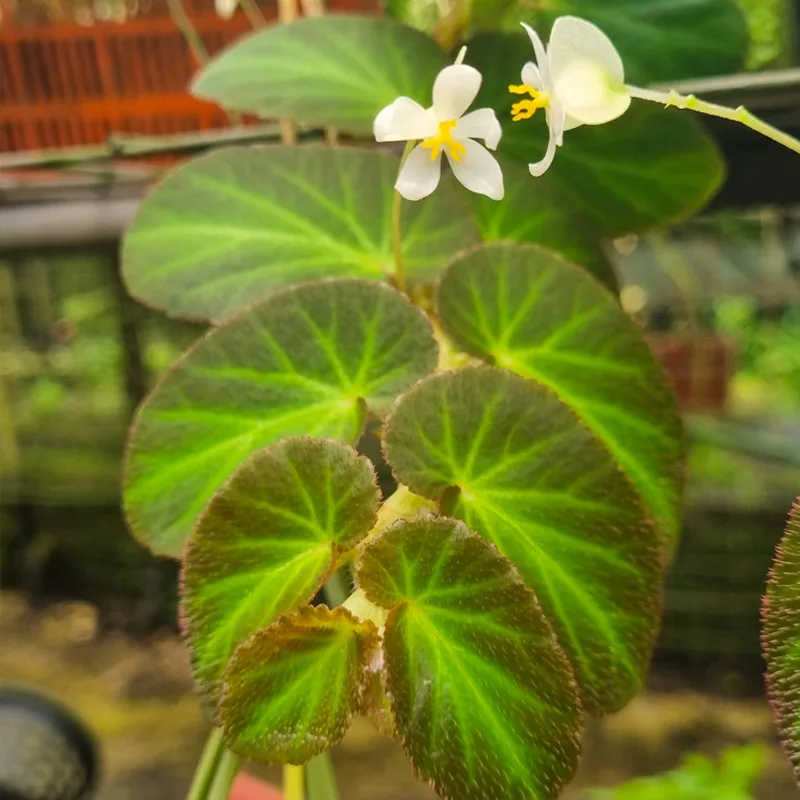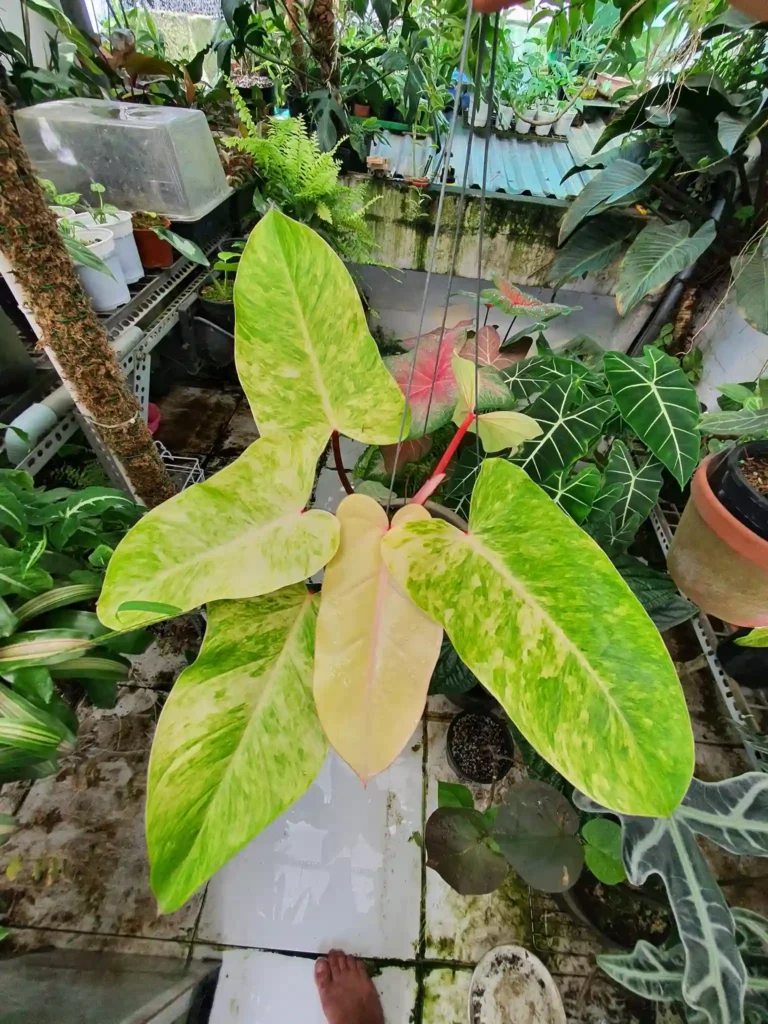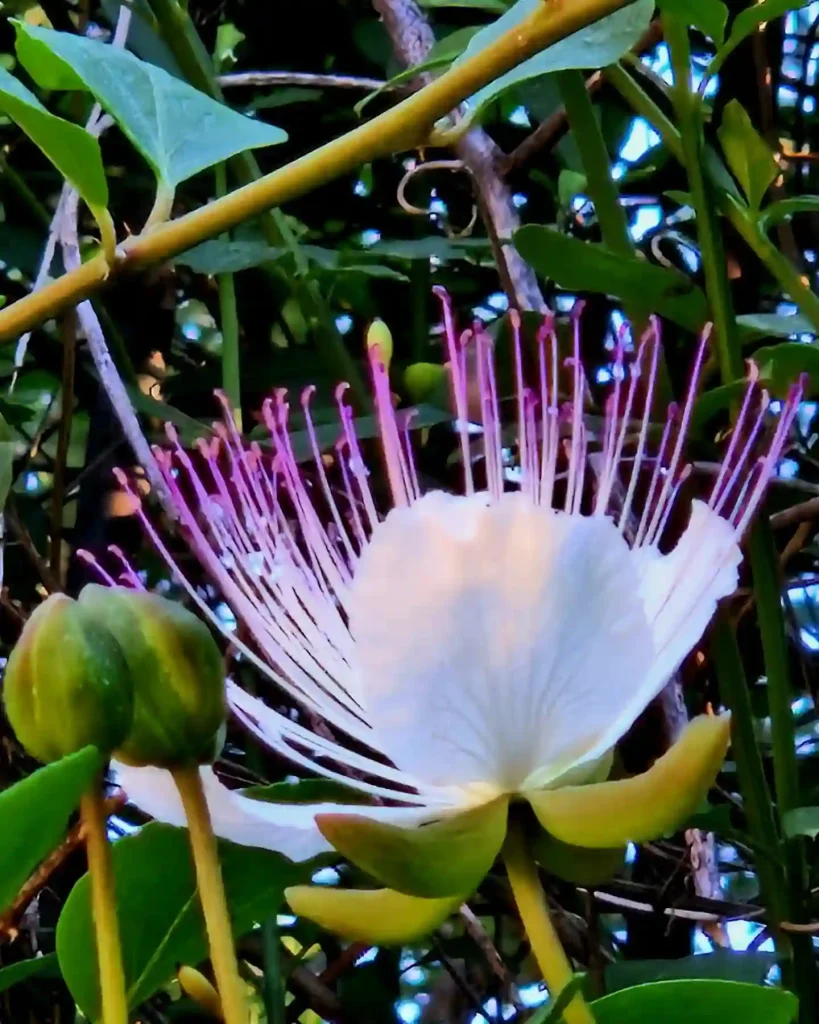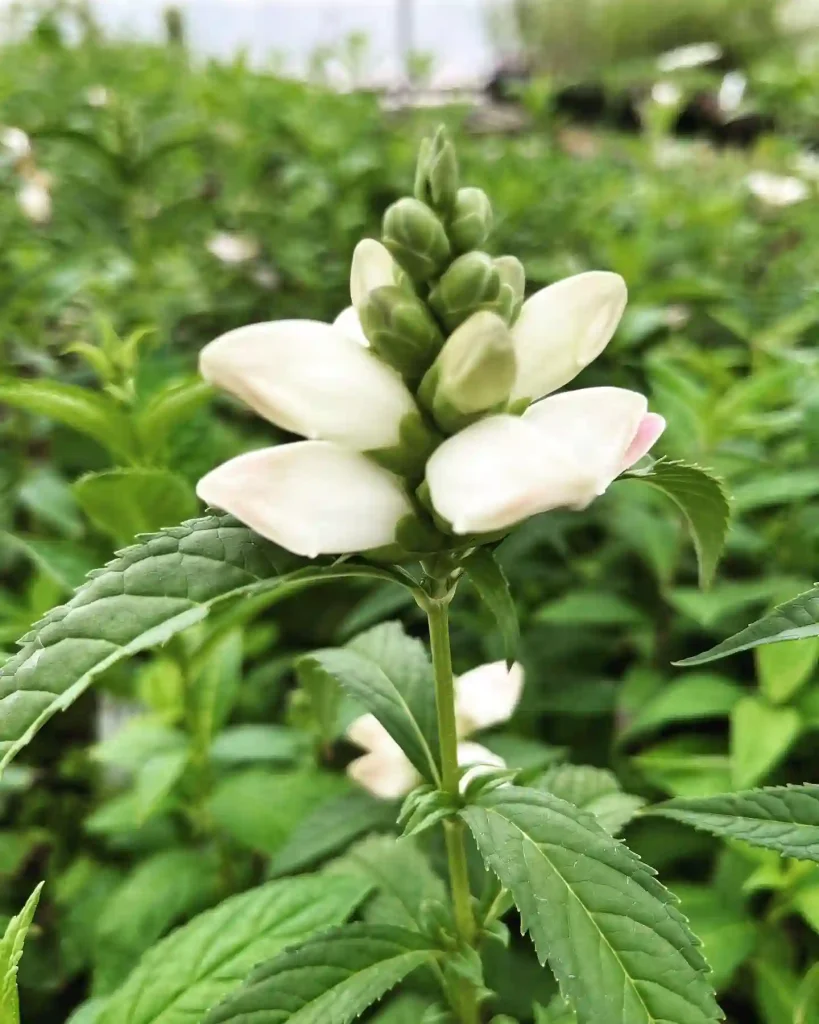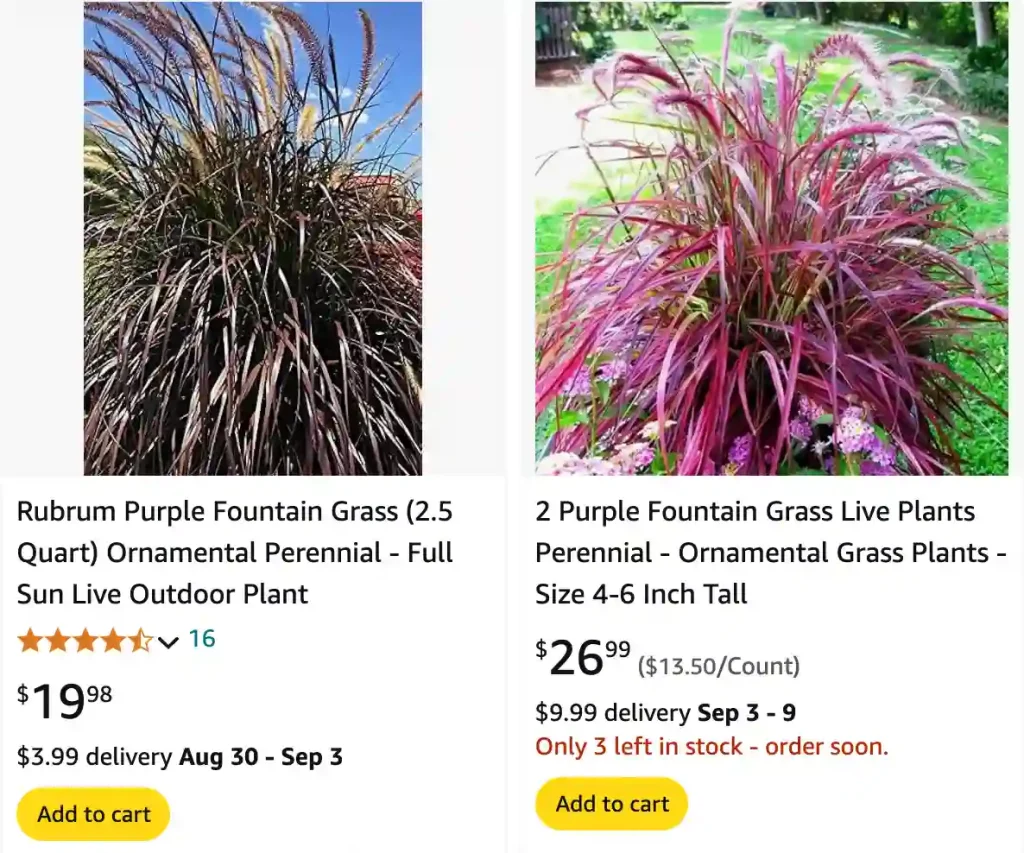
FAQs About Purple Fountain Grass
Purple Fountain Grass, scientific know as Pennisetum Setaceum Rubrum, a synonym of Cenchrus Setaceus from the Poaceae family, is a captivating choice for adding color and texture to any garden. As a gardener who has enjoyed the beauty of this grass for several seasons, I’ve gathered answers to some common questions about its care and characteristics.
Plant Family: 822 Genera in Poaceae
Is Purple Fountain Grass a Perennial?
Purple Fountain Grass is often treated as a perennial in warmer climates, where it can survive year-round. However, in colder regions, it’s commonly grown as an annual. In zones with harsh winters, the grass won’t typically survive freezing temperatures, so it’s best to treat it as a seasonal plant in these areas.
Will Purple Fountain Grass Survive Winter?
In most areas where winters are cold, Purple Fountain Grass won’t survive. It’s not frost-tolerant and will likely die back once the temperatures drop below freezing. If you live in a region with mild winters (USDA Zones 9-11), you may be able to keep it through the colder months, but it usually requires protection or bringing it indoors.
Is Purple Fountain Grass Invasive?
Purple Fountain Grass is considered invasive in some regions, particularly in the southwestern United States. It can spread rapidly and outcompete native plants. If you’re in an area where it’s labeled as invasive, it’s crucial to manage its growth carefully to prevent it from dominating your garden or natural spaces.
Is Purple Fountain Grass Toxic to Dogs?
Purple Fountain Grass is not known to be toxic to dogs. However, consuming large amounts of any grass can cause gastrointestinal upset in pets. It’s always wise to monitor your pets and discourage them from munching on garden plants.
How Big Does Purple Fountain Grass Get?
Purple Fountain Grass typically grows to about 3 to 4 feet in height and spreads about 2 to 3 feet wide. Its dramatic arching leaves and tall flower spikes make it a striking addition to garden beds or as a focal point in containers.
How to Care for Purple Fountain Grass?
Caring for Purple Fountain Grass is relatively straightforward. It thrives in full sun and well-drained soil. Water it moderately; it’s drought-tolerant once established but benefits from regular watering during prolonged dry spells. Fertilize in early spring with a balanced fertilizer to promote healthy growth.
How to Trim Purple Fountain Grass?
Trimming Purple Fountain Grass involves cutting back the old foliage in early spring before new growth begins. This helps remove any dead or damaged material and encourages fresh growth. Use clean, sharp pruning shears to cut back the grass to a few inches above the ground. Avoid cutting too early, as this might reduce the plant’s vigor.
Is Purple Fountain Grass Deer Resistant?
Purple Fountain Grass is not typically favored by deer, making it a good choice for gardens where deer are a problem. However, while it may resist deer, no plant is completely deer-proof, especially if food is scarce.
Is Purple Fountain Grass Toxic to Cats?
Similar to its effects on dogs, Purple Fountain Grass is not toxic to cats. While it’s not harmful, it’s best to discourage pets from eating garden plants to avoid potential digestive issues.
When Does Purple Fountain Grass Bloom?
Purple Fountain Grass blooms from late summer to early fall. It produces distinctive, fluffy flower spikes that can add a touch of elegance and color to your garden. The blooms are a deep purple and can persist into autumn, providing visual interest as other plants start to fade.
How to Propagate Purple Fountain Grass?
Propagating Purple Fountain Grass is typically done through division. In early spring, dig up the clumps and separate them into smaller sections. Replant these divisions in well-prepared soil. This method is effective and helps rejuvenate the plant, ensuring a robust display for the coming season.
What to Plant With Purple Fountain Grass?
Purple Fountain Grass pairs well with a variety of plants. Consider planting it alongside low-maintenance perennials like Lavender, Sedum, or Coneflower for a harmonious look. Its arching form and contrasting color make it a striking complement to ornamental grasses and flowering shrubs.
Benefits of Purple Fountain Grass
Purple Fountain Grass adds unique texture and color to the landscape. Its striking purple hue and graceful arching form create visual interest. Additionally, it’s relatively low-maintenance and can enhance garden beds, borders, or containers. Its drought tolerance also makes it a practical choice for water-wise gardens.
Common Problems with Purple Fountain Grass
One common issue with Purple Fountain Grass is its susceptibility to root rot in poorly drained soil. Ensuring good drainage and avoiding overwatering can help prevent this problem. Additionally, in areas where it’s invasive, it can spread quickly and overwhelm other plants.
Compare with Other Similar Grasses
When compared to grasses like Fountain Grass (Pennisetum alopecuroides), Purple Fountain Grass stands out for its more vibrant color. Fountain Grass typically has green or golden hues, while Purple Fountain Grass offers a striking purple tone. Both grasses have similar care requirements, but the choice largely depends on your aesthetic preferences and local climate.
Purple Fountain Grass is a versatile and eye-catching plant that can enhance any garden, provided you’re aware of its needs and potential challenges. With proper care and consideration of your local environment, it can be a beautiful addition to your landscaping.
If i die, water my plants!
